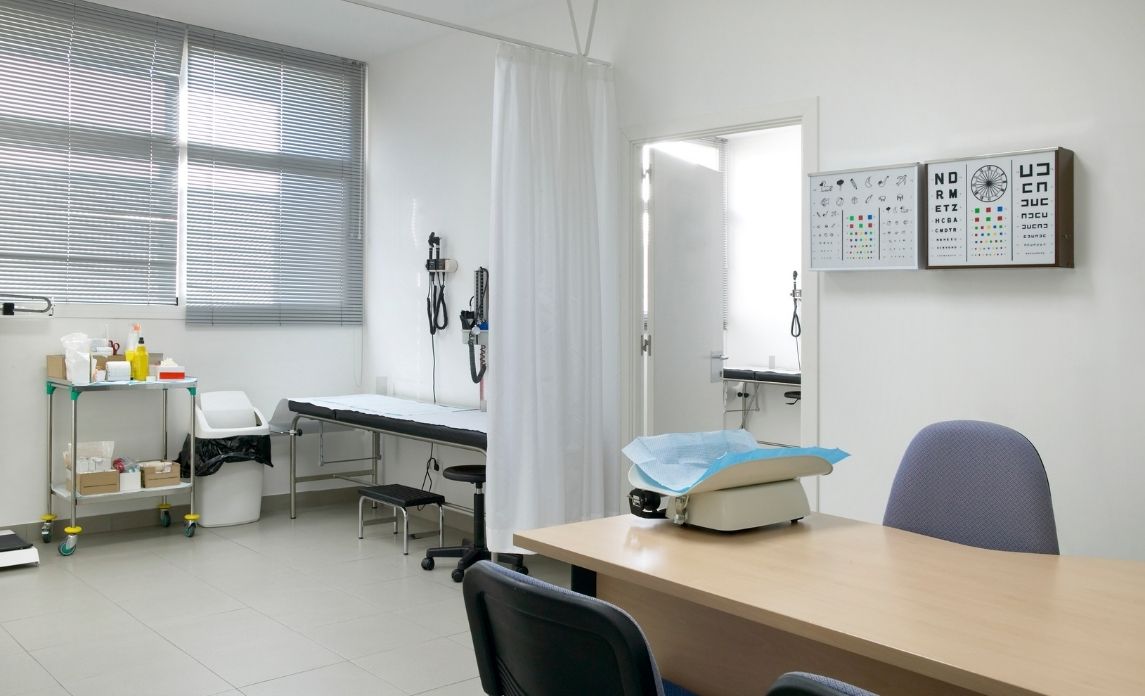According to Merriam-Webster, the word “clean” as a transitive verb means “to rid of dirt, impurities, or extraneous matter.” It’s a pretty straightforward definition. However, when you factor in different types of facilities that need cleaning, this definition will not suffice.
This is especially true when it comes to medical institutions. Hospitals and clinics are places of health and healing; as such, their standards of cleanliness well exceeds that of residential buildings or commercial establishments.
That’s why it’s important to work with professional medical cleaners to get the results you need. Indeed, the focus of medical office cleaning is not just to remove dirt, debris, and spills, but also to prevent the spread of disease and create an environment that’s conducive to overall wellness. These cannot be achieved by “regular” cleaning procedures.
Cleaning Versus Disinfecting
To appreciate the difference between medical office cleaning from other types of cleaning, first you need to understand the difference between cleaning and disinfecting. Most people think these two terms mean the same thing, but they’re actually two distinct procedures.
Cleaning, as previously defined, is the process of ridding a surface of dirt, impurities, or extraneous matter, all on the surface level. For example, you can use a cloth to wipe a countertop in order to remove dust and debris from it. The same can be said about sweeping a floor or washing a plate.
Meanwhile, disinfecting means inactivating or destroying bacteria, viruses, and other microbes so that they cannot infect or reproduce. Do note that cleaning can also kill some kinds of germs; however, many others are more resistant to surfactants—the primary compounds that make up cleaning agents.
Meanwhile, disinfectants have active ingredients that are able to disrupt or damage the cells of pathogens. This is why maintaining medical facilities requires disinfection after cleaning. Completing these two processes ensures that there are no germs left that can spread disease.
Different Standards
In healthcare environments, cleaning and disinfecting procedures must be terminal. That is, the facility should be where the infection stops. People go to hospitals to get cured and feel better, not to acquire a new illness or make their existing ones worse.
Simply put: terminal cleaning is serious business. It requires not only ample training, but also the right equipment. It’s best to leave this task to professional cleaners who meet both requirements.
At the same time, authorised hospital staff—particularly the assigned infection control officer or their equivalent—should be informed of what terminal cleaning entails. They should receive a measure of training, so that they can properly supervise and audit the process.
Hazardous Materials and Waste
Unlike office environments or even food-related establishments, healthcare facilities have to deal with hazardous materials and waste every day. These include human waste, blood, and used medical supplies such as syringes.
To prevent contamination and injury, proper handling and disposal should be practised for these materials and waste. Some of them even require disposal containers. In short, medical office cleaning requires more than just knowledge about segregation and recycling.
Specialised Cleaning Equipment
As previously mentioned, terminal cleaning in hospitals requires specialised equipment. These include industry-level steam cleaners and foggers. Even floor scrubbers and dryers should be heavy-duty enough to be able to handle frequent usage. In addition, medical office cleaning requires multiple copies of tools and equipment to prevent contamination.
More Touchpoints
In order to prevent the spread of diseases, experts recommend the sanitisation and disinfection of high-touch areas and objects. Compared to other commercial establishments, hospitals and other medical facilities have many more of these touchpoints, including the following:
- entire headboards and footboards of hospital beds
- handrails or side rails of hospital beds, and all spaces between the rails
- tabletops and drawers
- room telephone unit and telephone cradle
- IV pole and IV pump control
- nurse or doctor call button
- room door knobs and push plates
- clipboards
It’s crucial to sanitise and disinfect ALL of these touchpoints, since even just a small amount of bacteria or virus can be an infectious dose. Depending on the size of the facility, disinfecting touchpoints alone can take hours.


